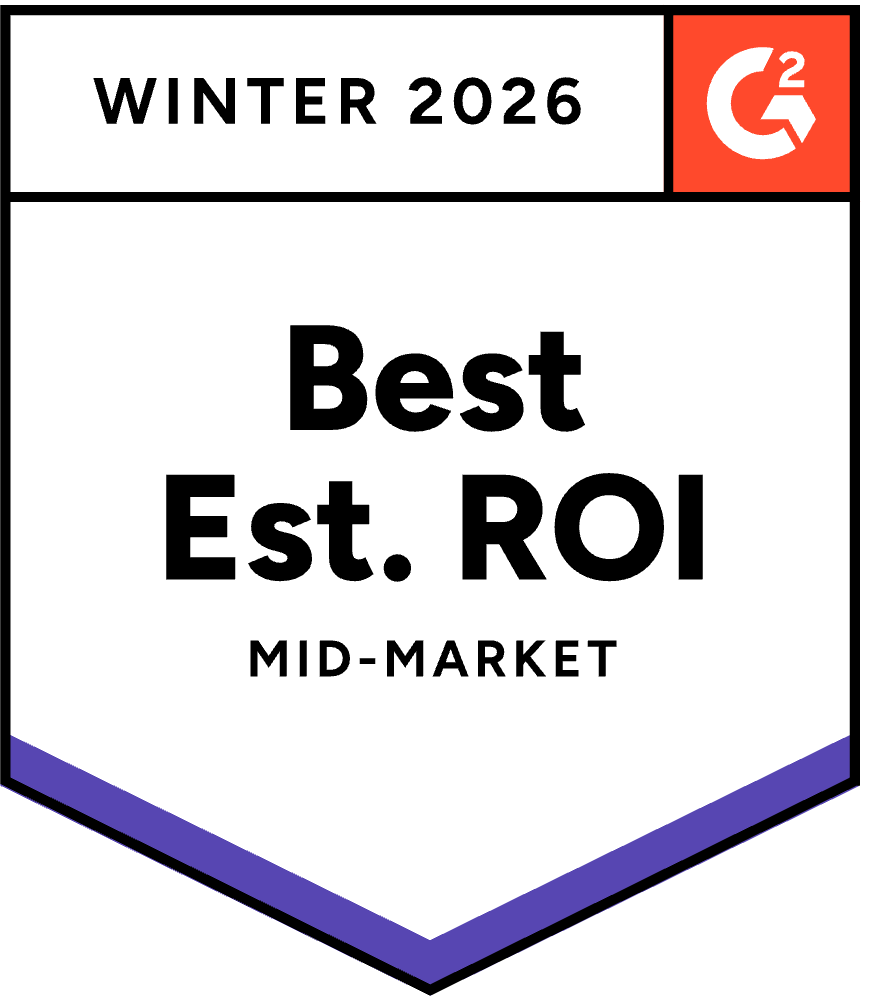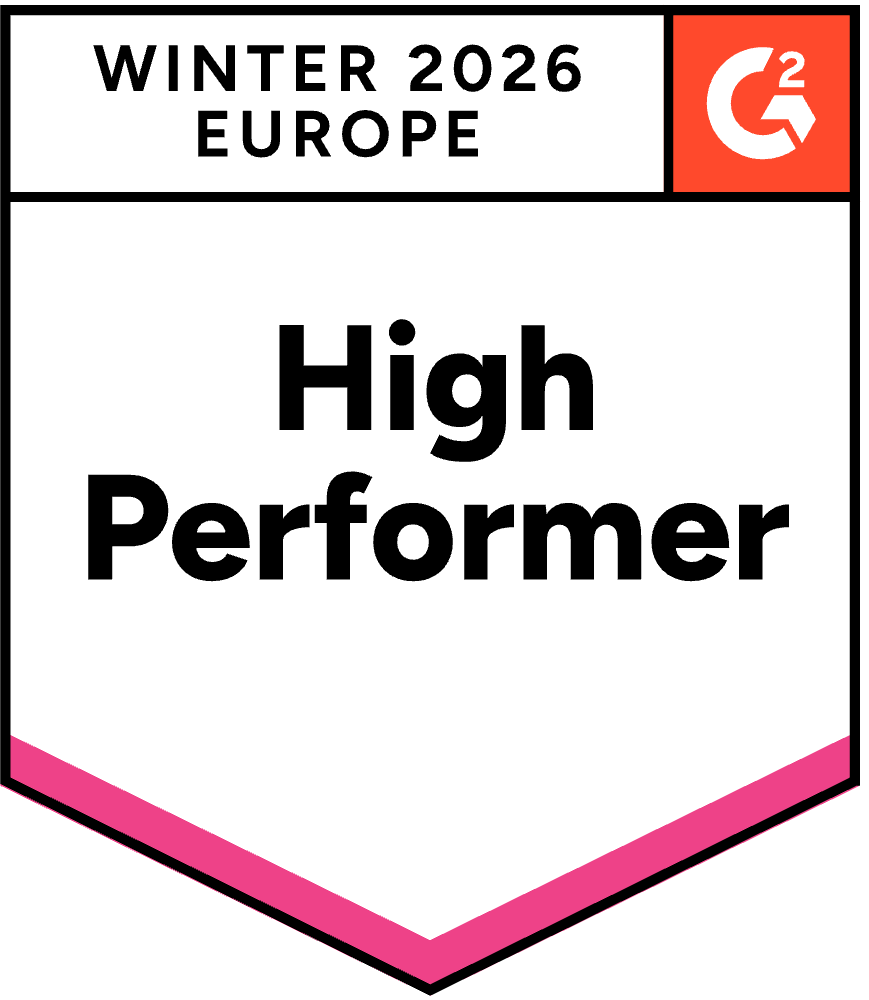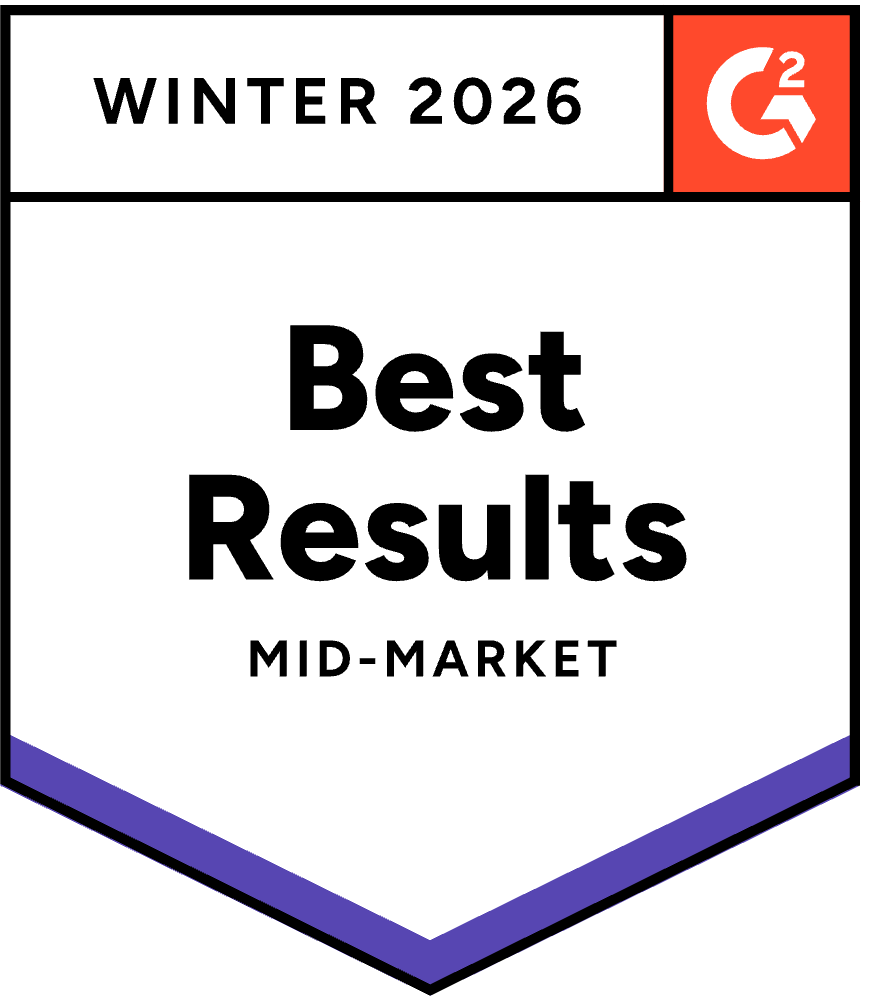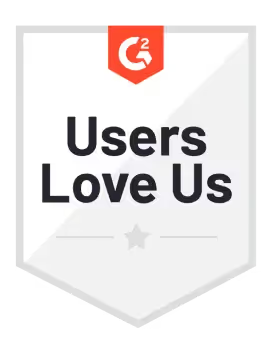What to look for when choosing a data observability solution
In today’s market, there is no shortage of players offering a wide range of data observability tools. Choosing the right one for your organization can be a daunting task. While conducting a comprehensive benchmarking exercise is beyond the scope of this blog, we aim to provide you with a brief overview of the essential aspects to consider when evaluating data observability tools.
1. Number and diversity of integrations
An effective data observability tool should seamlessly integrate with your existing data stack. Look for a tool that offers integrations with a significant number, if not most, of your other tools. The more integrations the tool supports, the higher the level of visibility you can achieve.
2. Ease of set-up and migration
If you already have other quality or catalog solutions in place, consider how easy it is to set up and migrate your data to the new data observability platform. Look for tools that offer automated migration options, reducing the need for manual data transfer.
3. Data quality monitoring
Data quality is paramount for making accurate decisions. Assess the data quality monitoring capabilities of the platform. Look for features like data profiling, anomaly detection, and data valuation rules that help you identify and rectify data quality issues. The tools should provide comprehensive metrics and visualizations to track the overall health of your data.
3.1 Variety in monitoring tests
The suitability of monitoring tests offered by a data observability tool depends on your organization’s specific use case. During your research, examine the tests provided by each tool and evaluate whether they align with your organization’s expectations. Ensure the tool offers the necessary monitoring capabilities for your data requirements.
4. Lineage visualization
Assess how easy it is to visualize and explore data lineage within the tool. The user experience (UX) of lineage visualization, coupled with the number of integrations, plays a crucial role. A tool with extensive integrations will enhance visibility and provide a better understanding of data lineage.
4.1 Field-level lineage
Granularity is key when identifying and troubleshooting potential anomalies. Look for a data observability tool that offers field-level lineage, enabling you to drill down to specific fields rather than just examining the lineage at the table level. This feature provides more precise insights into your data.
5. Data discoverability/catalog
Data cataloging technology has become the unified access layer for all data sources and stores. Having it integrated into a data observability platform allows you to have everything you need in one place.
6. Vendor support and community
Consider the level of support provided by the vendor. Look for documentation, tutorials, and a knowledge base that can help you navigate any challenges or issues that may arise during implementation or usage. Additionally, explore the community around the platform, such as forums or user groups, where you can seek advice and learn from others’ experiences.
7. Data governance and compliance
With increasing regulations around data privacy and security, it is crucial to choose a data observability tool that aligns with your organization’s data governance and compliance requirements. Evaluate the platform’s features for data masking, access controls, audit logs, and encryption to ensure your data remains secure and compliant with relevant regulations.
8. Alerting and notifications
A robust data observability platform should provide real-time alerts and notifications to keep you informed about any issues or anomalies in your data pipelines. Look for customizable alerting mechanisms that allow you to set up thresholds and triggers based on your specific requirements. The tool should support multiple channels for notifications, such as email and Slack.
9. Scalability and performance
As your data volumes and complexity grow, the performance and scalability of the data observability platform become critical. Evaluate the tool’s ability to handle large data sets and complex queries without compromising on speed and efficiency. Look for features such as distributed processing and parallelization to ensure smooth operations even as your data ecosystem expands.
10. Cost and licensing model
Finally, consider the cost and licensing model of the data observability platform. Evaluate the pricing structure based on your organization’s data volume and usage requirements. Consider whether the platform offers flexible licensing options, such as pay-as-you-go or tiered pricing, to accommodate your evolving needs.
Conclusion
In conclusion, choosing the right data observability platform requires thoroughly evaluating various factors. Consider the integrations, lineage visualization, monitoring tests, user personas, scalability, and more.
By carefully considering these aspects and aligning them with your organization’s specific requirements, you can select a data observability platform that empowers your team to ensure the quality, reliability, and trustworthiness of your data.

%2520copy%2520(3).avif)















-p-500.png)
